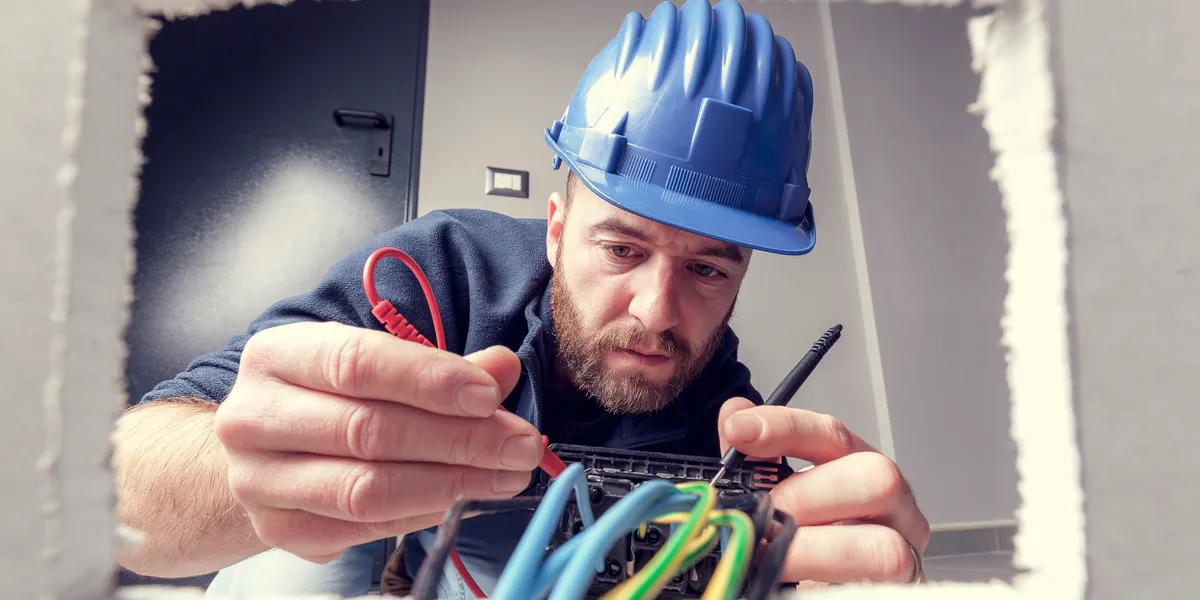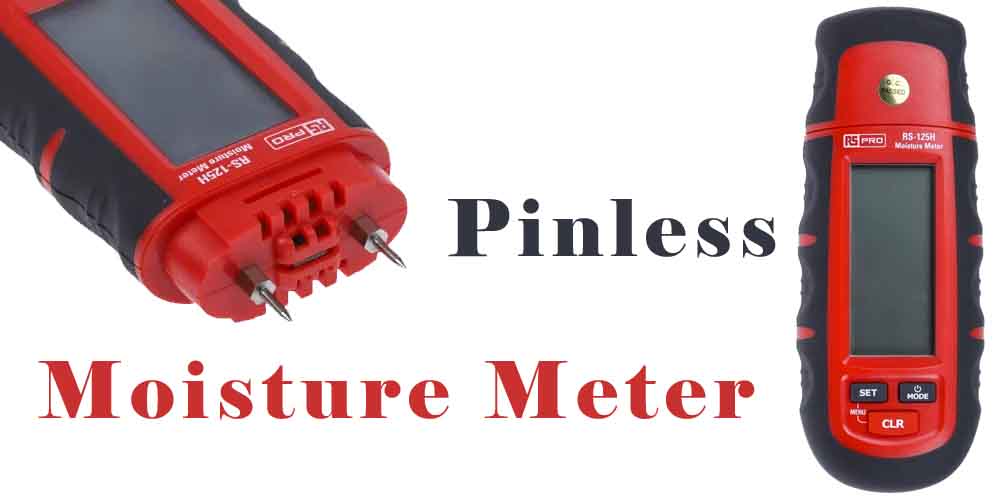If you are new to electronics and don’t know what a multimeter is or how to use one, then you have come to the right place. No matter what brand you purchase, every multimeter offers common features. And we will discuss how to use each of them.
The Multimeter
A multimeter, or multi-tester, is an electronic instrument used to measure three things – voltage, current, and resistance. It is known as a multi-meter because it offers the combined functions of three devices. The multimeter does the jobs of an ohmmeter, ammeter, and a voltmeter. It’s an essential tool for engineers and is the first instrument used to troubleshoot circuits.
Using a Multimeter
There are four parts to every basic multimeter.
- The display
- A selection knob
- Ports
- Probes
Voltage
You can measure AC and DC voltage with a digital multimeter. On the multimeter, a V to signifies the voltmeter section. If there’s a straight line adjacent to it, this signifies it’s for DC voltage measurements. You can plug in the probes and use the selection knob to measure voltage. Which number do you select? The number corresponds to the maximum value you can measure. If you set the selection knob to 200, the highest it can measure is 200V. So, if you are measuring a 9V battery, you would set the selection knob to 20. If you set it lower than the actual voltage, the display will tell you it exceeds the range.
When you attach the probes, the black one should connect to the negative terminal and the red probe to the positive.
AC Voltage has a sine wave symbol next to the V. This should be undertaken with extreme caution. Once the probes are inserted into the proper ports, you can begin. Be sure not to touch the probe tips.
Current
This process is much different from measuring voltage. The multimeter needs to become part of the circuit, so the current passes through it just as it does through the component. You will find the ammeter part of the multimeter where the A symbol is found. The majority of digital multimeters measure DC only. So, there will likely only be a straight line next to the A.
Set the selection knob to the DC measurement and select the appropriate range and watch the LCD for your measurement.
Resistance
This is represented by an Omega symbol (Ω). Set the selection knob to the correct range, connect the probes to the resistor leads, and the LCD will provide your results.
Continuity
This is useful for testing the continuity from a circuit’s point A to point B. It is represented by a speaker symbol. Set the selection knob, connect the problems, and if the wire is operating, a continuous buzzer will sound. If there is an issue with the wire, there will be silence.
Final thoughts
A multimeter is one of the most versatile tools in the business. It reduces the need for several offerings by providing a multi-tester instrument that ticks all your boxes. They come at various price points and in a variety of sizes and shapes. No matter the price or the size a multimeter can measure voltage and current.











